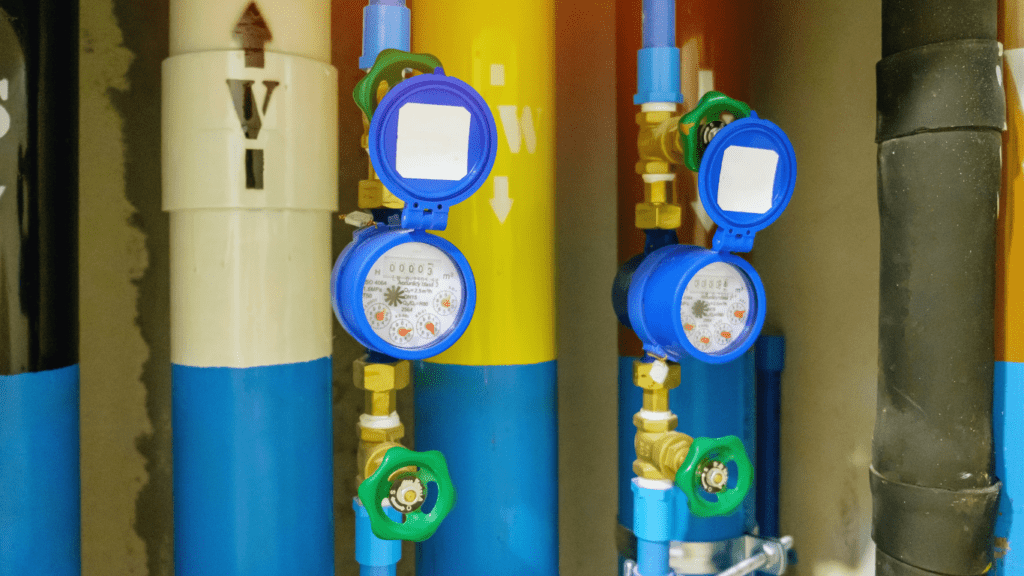Creating a safe and secure home should be a priority for every homeowner. With the right combination of physical safeguards, technological solutions, and community engagement, you can protect your property and loved ones from potential threats. This article offers expert advice on enhancing home security, helping you build a safe haven.
Physical Security Measures
Establishing strong barriers against intrusions is the first step in protecting your home. Physical security measures are tangible and often the most straightforward to implement.
Secure Doors and Windows
Doors and windows are the most common entry points for burglars. Ensure that all your doors are solid-core, made of materials like wood, steel, or fiberglass. Install deadbolts for extra security and consider adding a peephole or video doorbell for enhanced visibility. For windows, look at lockable latches or security film to make glass harder to break.
Outdoor Lighting
Lighting plays a key role in deterring potential intruders. Install motion-sensor lights around your property’s perimeter, especially near entry points like doors, garages, and dark corners. Make sure pathways are well-lit to eliminate hiding spots.
Fencing and Landscaping
Strategically placed fencing and well-maintained landscaping not only improve curb appeal but also enhance security. Choose fences with lockable gates to keep trespassers out. Trim bushes and hedges around your home to remove potential hiding spots for intruders.
Technology Integration for Modern Homes
Technology has revolutionized home security, providing solutions that are both effective and user-friendly. Incorporating high-tech devices can give you peace of mind and real-time control over your home’s safety.
Home Security Systems
Invest in a professional or DIY home security system with cameras, alarms, and sensors. These systems can alert you to potential intrusions and often allow remote monitoring through smartphone apps. Look for systems that offer customizable settings and integrate easily with your home’s layout.
Smart Locks and Doorbells
Smart locks provide keyless entry options and allow you to control access from anywhere. Consider doorbells with built-in cameras and two-way audio, enabling you to see and speak to visitors even when you’re not home.
Indoor Surveillance
Indoor cameras can help you monitor activity within your home. Choose cameras with features like night vision, wide-angle lenses, and motion detection to capture clear footage during various conditions.
Water and Utility Monitors
While focusing on security, don’t overlook other risks like water leaks or utility overuse. For example, installing a soft water system from Utah can extend the lifespan of your appliances while preventing mineral buildup in your plumbing—a proactive way to maintain your home’s overall functionality.
Community and Neighborhood Collaboration
Your home doesn’t exist in isolation. Relying on your community and creating partnerships with neighbors can further improve security.
Start a Neighborhood Watch
Joining or initiating a neighborhood watch program can dramatically reduce crime rates in your area. Work with local authorities to establish guidelines, communicate with neighbors, and share important information about suspicious activities.
Share Contact Information
Maintain an open line of communication with your immediate neighbors. Sharing key contact details means you can reach out quickly during emergencies or notify each other about any unusual activities.
Build Strong Relationships
Getting to know your neighbors fosters a sense of trust and collaboration. When everyone in the community feels responsible for the neighborhood’s safety, it creates a robust and unified defense against potential threats.
Emergency Preparedness
Preparation goes beyond just securing your home. Being ready to handle emergencies ensures safety regardless of the situation.
Create an Emergency Plan
Work with your family to establish a clear plan for different scenarios, such as break-ins, fires, or natural disasters. Practice these plans regularly, so everyone knows what to do in a crisis.
Keep Essential Supplies
Designate a safe area in your home to store emergency supplies. Essentials include a first-aid kit, flashlights, emergency contact information, non-perishable food, and water.
Reinforce Home Structures
Natural disasters can compromise your home security. Ensure that your home is equipped to handle disasters common to your area. For instance, secure heavy furniture to walls or retrofit your home for earthquakes if needed.
Conclusion
Protecting your home is a multi-faceted effort involving physical barriers, technology, community cooperation, and emergency preparedness. Invest in strong doors and windows, motion-sensor lighting, and smart technology to safeguard your family. Foster a culture of collaboration within your neighborhood, and always have a strategy for emergencies. With these steps, you can create a secure and welcoming environment—a true safe haven.
By implementing these practical strategies, you’ll enhance the safety of your home and gain peace of mind. Home protection doesn’t have to be overwhelming; even small upgrades can significantly impact.


